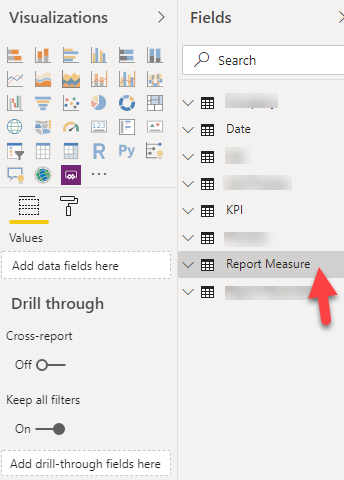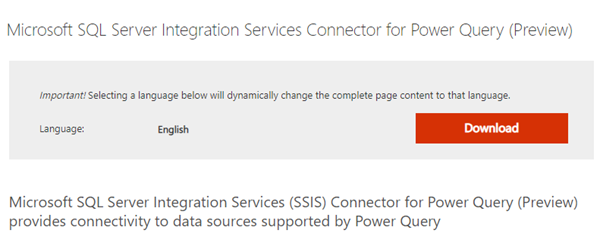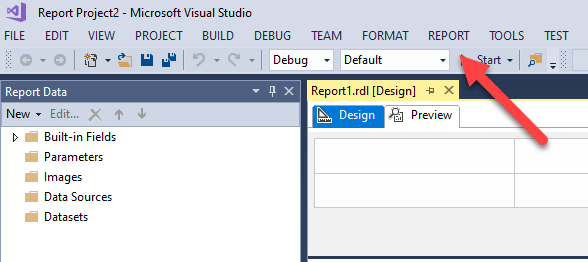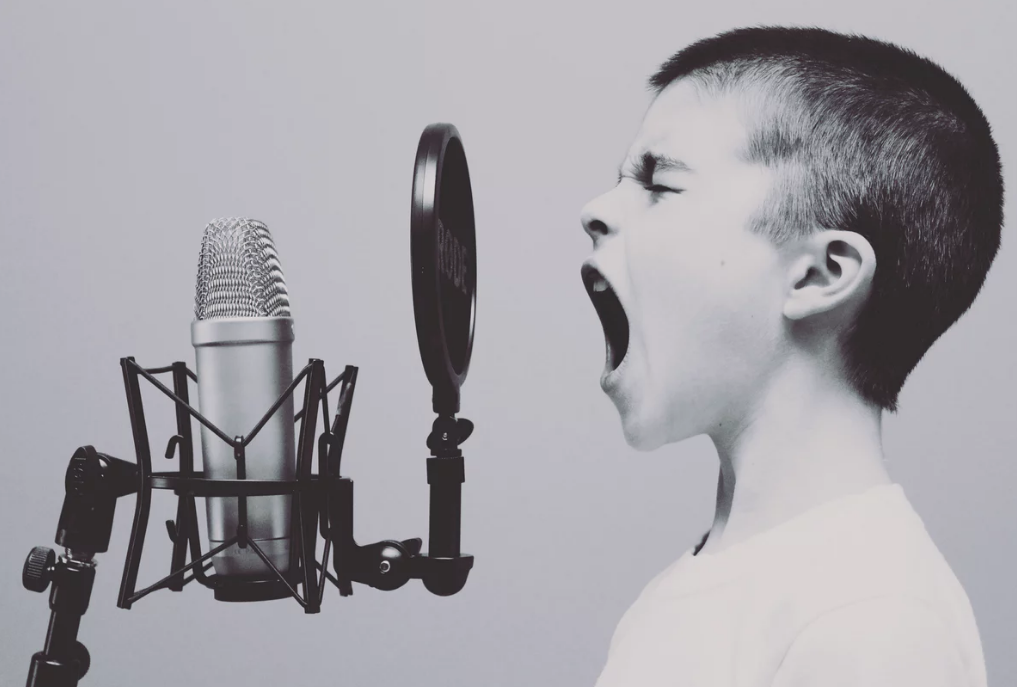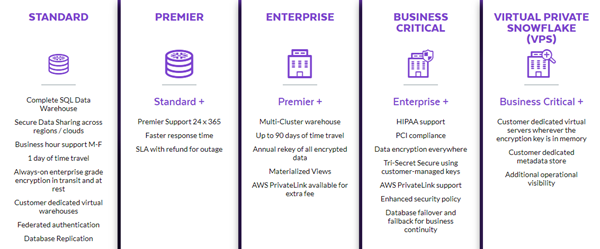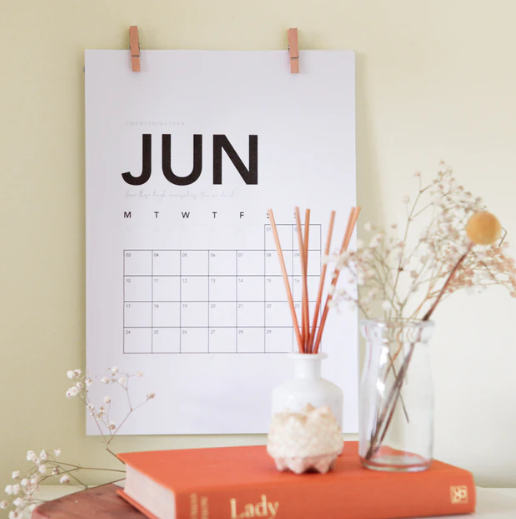
Power BI: (Workaround) Times disappear when datetime values are displayed in PBI tables
I’ll start this post by mentioning that there’s a general consensus that you should avoid columns in tabular data models that have both dates and times. That’s largely because they don’t compress well. However, sometimes you really do need to have both a date and a time in a single column.
For example, if you want to sort one column by the date and time, we have no option to sort one column by two other columns. And if you’re going to create a composite column to get around that, you’re really back in the same problem as storing a datetime anyway.
2020-01-31

